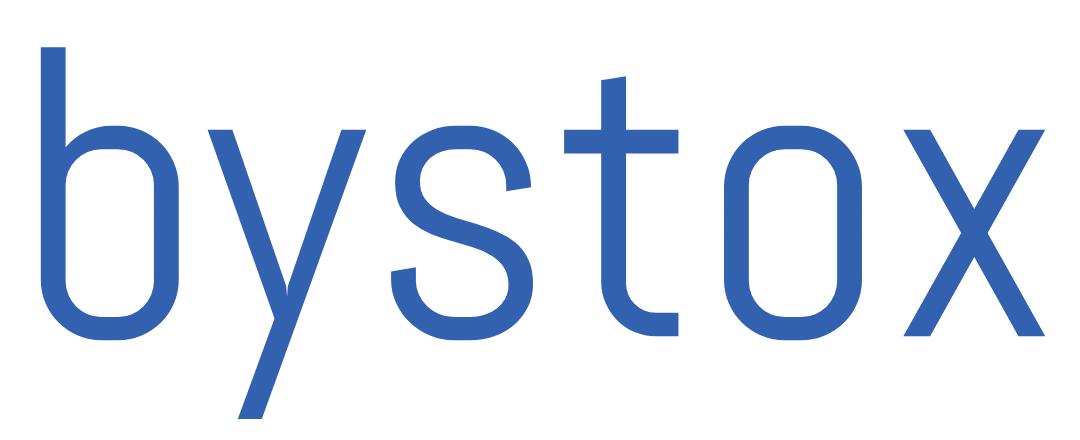Clear Discrepancy Emerges Between GDP Growth and Private Consumption.
Prime Minister Narendra Modi generally refrains from commenting on quarterly GDP data, a trend suggesting a cautious approach toward discussing economic indicators. This reserved stance is indicative of the recognition that the economy poses a significant challenge for the ruling National Democratic Alliance (NDA) government, especially considering its decade-long tenure. The reluctance to engage extensively with economic statistics underscores the difficulty in crafting an optimistic narrative about the economy when long-term data and ground-level experiences fail to support such claims.
Despite his usual reluctance to delve into economic statistics, Prime Minister Narendra Modi notably attributed the remarkably robust GDP growth of 8.4% in the third quarter of 2023-24 to his government’s policies. This acknowledgment was swiftly followed by optimistic assessments from establishment economists, who suggested that the economy was on the cusp of an unprecedented takeoff.
The official narrative surrounding the GDP growth faces significant contradictions that challenge the notion of a significant economic takeoff. Chief among these contradictions is the stark disparity between GDP growth data and the lack of corresponding growth in private consumption, a discrepancy that looms large like an elephant in the room.
There is a broad consensus among economists and industry representatives that private consumption growth remains very tepid, at just 3% for the fiscal year 2023-24.
This observation underscores a clear mismatch between GDP growth and private consumption.
For the fiscal year 2023-24, official projections place GDP growth at 7.6%, while consumption growth stands at a modest 3%.
Eminent economist and former Chief Statistician of India, Pronab Sen, emphasized that consumption growth figures typically closely correlate with GDP growth. According to Sen, if GDP growth is X percent, consumption growth tends to be at most 0.5 to 1 percentage point less than X.
Based on this principle, if GDP growth is recorded at 8.4% for the third quarter of 2023-24, consumption growth should ideally be at least 7.4%. However, official data reveals trend consumption growth to be only around 3%. This significant contradiction remains unexplained.
Experts highlight that the private sector is unlikely to commence investing in fresh capacity if consumption growth remains sluggish. Industry stakeholders tend to assess consumption demand rather than headline GDP growth figures when considering new investments. It’s no surprise then that major Indian consumer companies like Hindustan Unilever and Bajaj Auto have voiced concerns about the lack of substantial growth in consumption demand. Recently, the head of retail company Shoppers Stop informed CNBC that sales have remained flat in recent months.
Economists have attempted to analyze why the consumption growth rate remains only about half of GDP growth, leading to the conclusion that GDP growth is likely overestimated.
The recently released NSSO survey on private consumption expenditure also paints a discouraging picture, showing a growth rate of just 3% over the span of 11 years. During this period, GDP growth has averaged around 6%, indicating a significant disparity between GDP growth and consumption growth.
Notable economists such as Arun Kumar, Arvind Subramanian, Santosh Mehrotra, and Ashoka Mody have argued that India’s GDP growth, measured based on output data, does not align with consumption expenditure. They contend that GDP is likely overestimated, as higher income growth should typically result in higher consumption or savings. However, the data does not support this expectation, suggesting an inconsistency in the economic metrics.
Pronab Sen highlights that this situation may have worsened post-Covid, as evidenced by a K-shaped recovery where the organized sector thrived while the unorganized small and medium industries struggled. This divergence between the organized and unorganized sectors’ output growth, particularly pronounced post-demonetization and exacerbated by the pandemic, challenges the traditional notion of synchronized growth across sectors.
Official data on wages of regular and casual workers from 2017-18 to 2022-23 further corroborates the narrative of low and inadequate consumption growth, reflecting a decline in real terms.
These various indicators collectively underscore the substantial gap between consumption growth and income/GDP growth. Pronab Sen expresses concern over the persistently low trend in private consumption growth, indicating a worrisome economic trend.
Therefore, despite any temptation to tout a robust economic turnaround, particularly in the context of election campaigns, it may be premature to celebrate such a narrative given the underlying discrepancies in economic data.
(Sources: The Wire)

